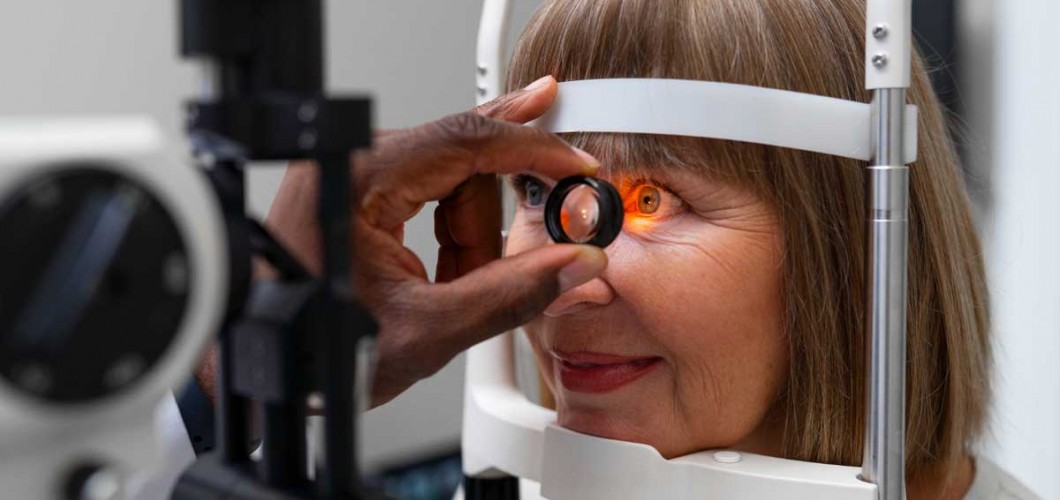
First Aid for Eye Injuries: Fractures, Bleeding, and Irritation
Reading Time: 15 minutes
The eyes are one of the most delicate organs of our body, and any injury to them can have serious consequences. Eye injuries can occur as a result of accidents, blows, chemical substances, or foreign objects entering the eye. Quick and accurate first aid is essential to protect the eye's health and prevent severe complications. In this article, we will focus on first aid methods for eye injuries, including fractures, bleeding, and irritation, and how to handle these situations effectively.
Types and Symptoms of Eye Injuries
Eye injuries can vary in type and severity. While some eye injuries are less serious, others can lead to permanent vision loss. Here are the most common types of eye injuries:
- Eye Fractures: Fractures in the eye globe or the bones surrounding the eye socket.
- Eye Bleeding: Bleeding due to ruptured blood vessels in the eye.
- Irritation: Caused by foreign objects, chemical substances, or environmental factors that irritate the eye.
Symptoms can vary depending on the type of injury, but common signs include severe pain in the eye, blurred vision, swelling, bleeding, and a foreign object sensation in the eye.
First Aid Methods for Eye Injuries
The first aid measures for eye injuries are crucial for improving the situation and preventing more serious health problems. Here are the steps to take in the case of eye fractures, bleeding, and irritation:
1. First Aid for Eye Fractures
Eye fractures typically occur as a result of a severe blow or impact. This is a serious and urgent condition.
- Call for emergency help immediately: Eye fractures can compromise the structural integrity of the eye, so it is essential to call for an ambulance and get professional assistance right away.
- Calm the injured person: The injured individual may panic. Help them stay calm and still to prevent further damage to the eye.
- Do not apply pressure to the eye: Never apply pressure to the injured eye, as it may worsen the injury. Avoid placing anything on the eye.
- Keep the head stable: If the person is conscious, try to keep their head still and avoid any movement in the affected area. Moving the eye can aggravate the injury.
2. First Aid for Eye Bleeding
Eye bleeding occurs when blood vessels in the eye rupture, which can happen either externally or internally.
- Apply a cold compress: Use a clean cloth to apply a cold compress around the eye to reduce swelling and bleeding. Avoid direct contact with ice.
- Close the eyelid gently: If there is bleeding, gently close the eyelid and prevent the person from opening their eye. Protect the eye by keeping the eyelid closed.
- Do not move the injured person’s eye: Avoid moving the eye. If bleeding is severe, call for emergency help immediately.
- Call for emergency assistance: In case of severe bleeding, seek immediate medical help for professional treatment.
3. First Aid for Eye Irritation
Eye irritation can be caused by foreign objects, dust, chemicals, or environmental factors.
- Remove the foreign object: If there is a foreign object in the eye, gently pull the eyelid up and rinse the eye with clean water to remove it. Continue rinsing the eye until the object is gone.
- Wash the eye with water for chemical exposure: If chemical substances are involved, rinse the eye with plenty of water for 10-15 minutes. This will help reduce the effects of the chemicals. If the chemical is dangerous, seek immediate medical attention.
- Do not use eye drops for chemical irritation: Do not use eye drops in the case of chemical exposure. Medical professionals should handle the treatment of chemical irritation.
- Call for medical help: If irritation persists, especially after chemical exposure, contact an eye specialist for help.
Preventive Measures for Eye Injuries
While it is not always possible to prevent eye injuries, there are several steps you can take to reduce the risk. Here are some tips to help protect your eyes:
- Wear Protective Eyewear: Always wear protective eyewear, especially when working in hazardous environments, engaging in sports, or handling chemicals. This can significantly reduce the risk of eye injuries.
- Educate Children on Eye Protection: Children tend to play roughly and may accidentally hurt their eyes. It's important to provide them with safe play areas and emphasize eye health.
- Avoid Foreign Objects: Protect your eyes from dust and debris by wearing goggles in dusty or polluted environments. This helps prevent irritation and foreign objects from entering the eye.
- Be Cautious with Chemicals: When working with chemicals, always use safety goggles or face shields to prevent exposure to hazardous substances. Chemical contact with the eyes can lead to serious damage.
Conclusion
Eye injuries can be life-threatening and have serious consequences. Quick and accurate first aid is essential to preventing permanent vision loss and other complications. Whether it’s an eye fracture, bleeding, or irritation, the proper first aid steps can significantly improve the outcome. In all cases, don’t hesitate to seek professional medical help if necessary, as some eye injuries require expert care.

Leave a Comment